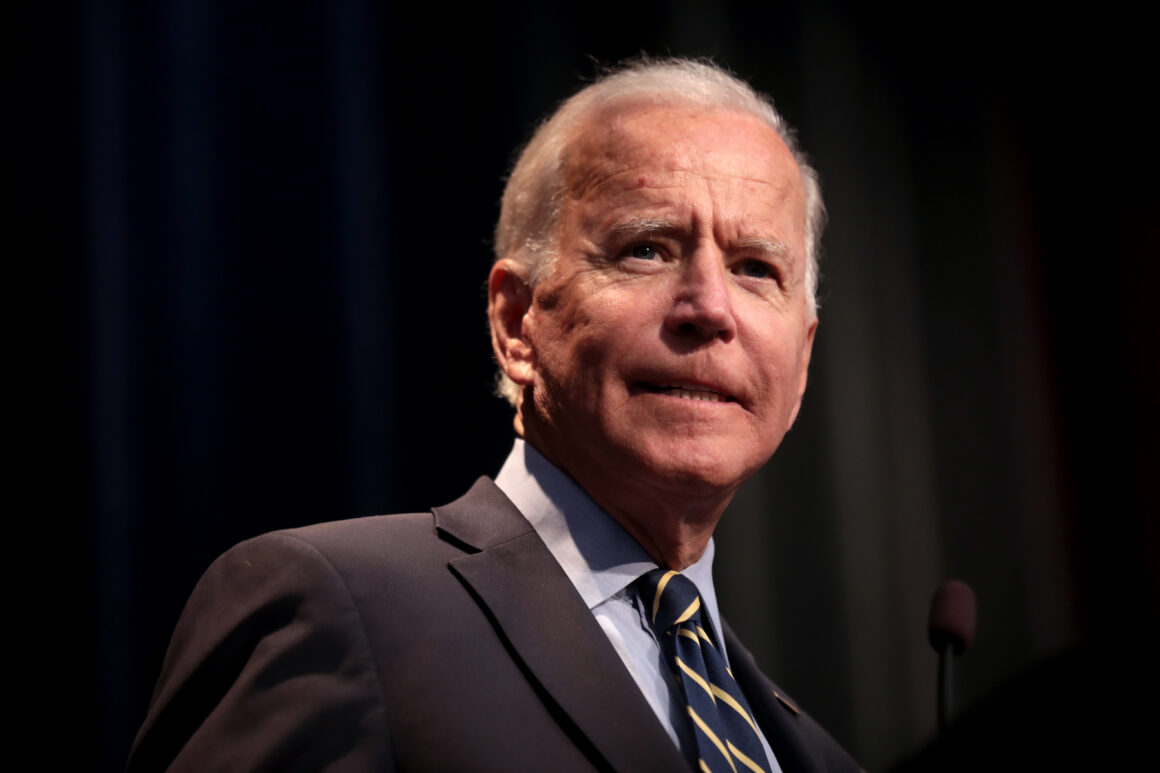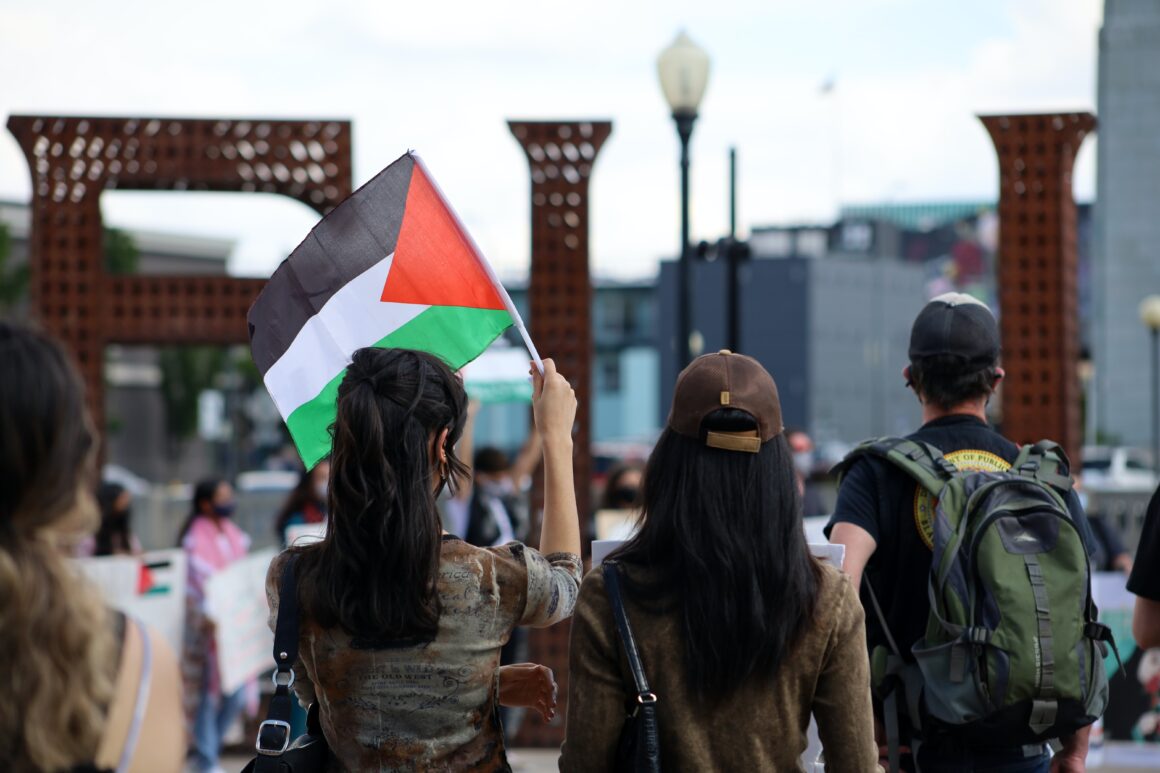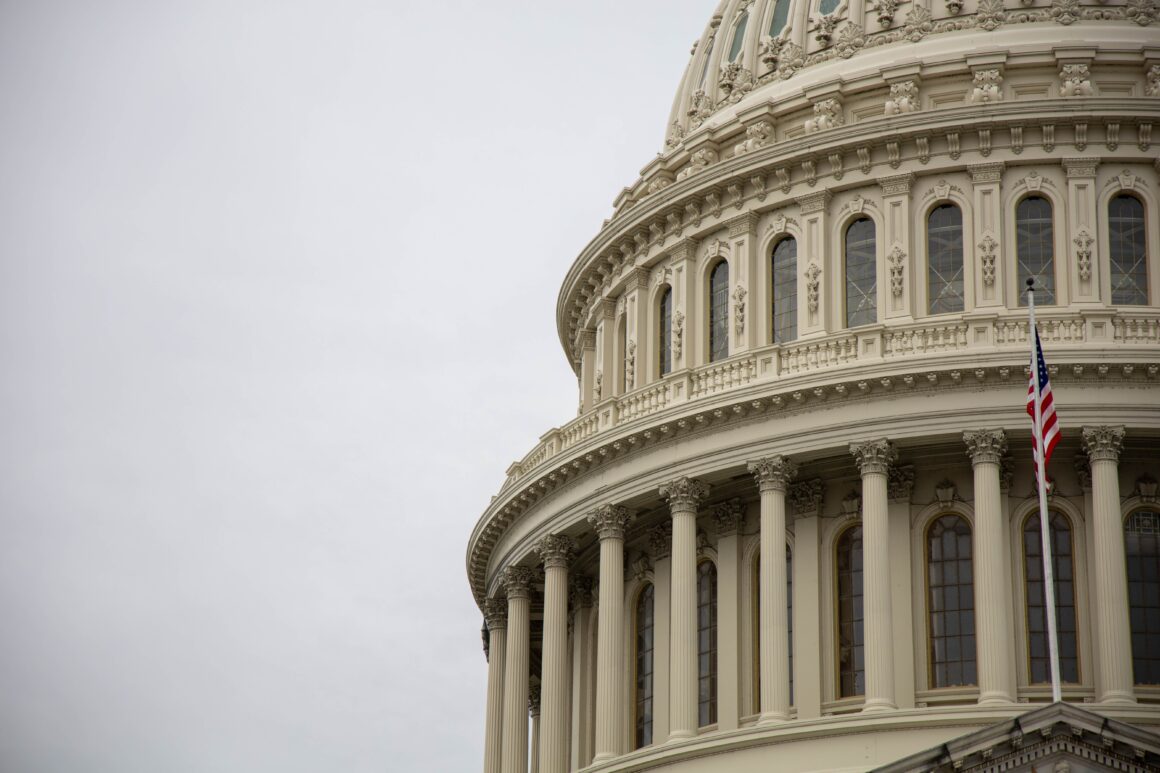As Matt Clarke of Prison Legal News puts it, “There are two criminal justice systems in the United States.”
One system is for the affluent, who can afford the best attorneys and prisons. Inside these “elite” prisons, inmates enjoy privileges like cell phones, computers, and private cells. These are the types of places where celebrities, from Lindsay Lohan to Mark Wahlberg, serve an outrageously short amount of jail time for a crime that less privileged inmates would have to serve years for.
The other system is for the poor.
Each year, the United States government spends $39 billion on 2.2 million inmates, most of whom hail from impoverished backgrounds. In prison, they face adverse living conditions, such as overcrowding, poor sanitation, and sexual abuse. What’s more troubling, is that many of these inmates are not even there for committing crimes. In his Ted Talk titled, “How Jails Extort the Poor,” Salil Dudani explains that federal laws prohibiting arrests for unpaid parking tickets are not enforced by local governments. As a result, poor communities are disproportionately targeted in arrests for being unable to pay for minor fines and court fees. Once in jail, they don’t have money to post bail. This causes them to serve a much longer sentence, simply because they can’t pay their way out.
Another issue the prison industry fails to acknowledge is the intersection of poverty and mental illness. According to the Bureau of Justice Statistics, 64% of jail inmates and 45% of Federal prison inmates have mental health problems. Inmates with a mental illness are twice more likely to be homeless in the year prior to their arrest. A lack of attention provided to medical treatment, combined with the violent, stressful environment inmates are forced into, worsens symptoms and instigates more violence. Upon release, former inmates reenter a world where economic barriers block access to proper medication and treatment. This chicken-and-egg cycle is exacerbated by the fact that even employees within the prison system are failing to fulfill their duty of protecting inmates: guard-prisoner abuse is unfortunately both prevalent and unstopped, given the skepticism that surrounds reports of physical and sexual abuse by guards. The inmate is often suspected of embellishing the story, discrediting reports of misconduct. When too much power is given to authority figures, this creates a level of corruption that is currently being overlooked by the government.
Finally, the mental and physical effects of those who have been incarcerated spill over to their surrounding communities. Children who grow up in high-crime neighborhoods attend schools with zero-tolerance policies, where they are severely punished for minor infractions. Essentially treated like criminals and constantly surveyed by police, these children are exposed to complex social issues that ultimately debilitate their ability to achieve upward social mobility. In fact, poorer communities experience higher rates of generalized anxiety disorder and major depressive disorder. Unemployed and poor, these children grow up having to commit petty crimes, such as theft, where they are then arrested and thrown into prison.
The solution to this nationwide issue is to overhaul the structure of our prison system. Instead of pouring billions of dollars annually into prisons that are often a breeding zone for even more crime, the government should instead focus its emphasis on rehabilitation. The United States should also change the way it approaches mental illness. Schools should implement mental health awareness as a major component of health classes, and communities alike should institute a more welcoming dialogue regarding mental health. Finally, the government should invest more public educational funds, specifically into poverty-ridden communities. When we treat poor kids like criminals, we are basically telling them to beat a system that is constructed against them. It is time to flip the odds for them.





Comments are closed.